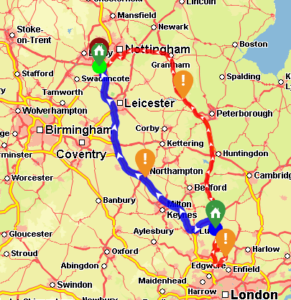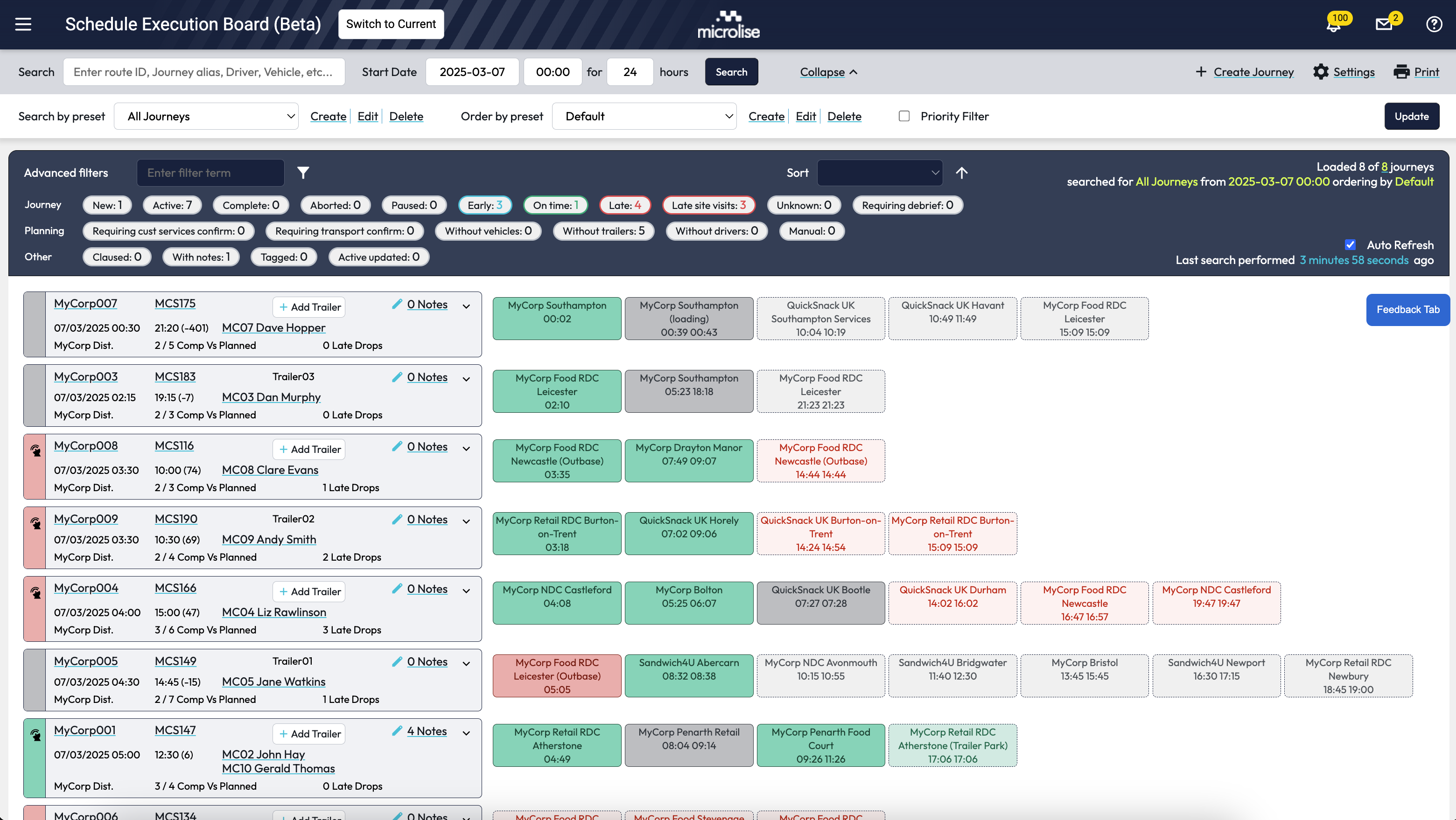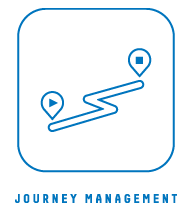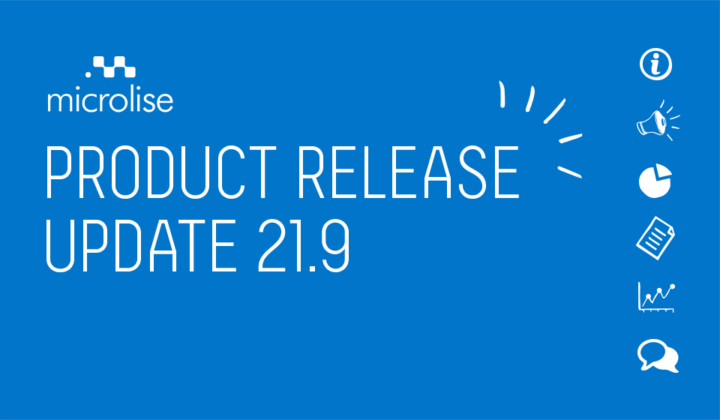At Microlise we’ve helped our customers benefit from greater vehicle utilisation, reduced CO2 per unit transported and better informed customers.
These developments have benefited HGV transport operations where intelligent analysis of route and schedule adherence has led to significant improvements.
To provide these opportunities for improvement, we’ve developed the Journey Management product which identifies how planned journeys compare with those that actually occurred in the real world. And if they didn’t go to plan – Microlise Journey Management accurately uncovers the root cause.
The technology has advanced rapidly, in part driven by the burgeoning demands of home delivery operations, like those operated by the largest retailers in the UK.
So how can Journey Management be used across an entire transport operation; from drivers out on the road, to senior management monitoring Key Performance Indicators?
In this blog I will describe some of the key elements that make up Journey Management and the benefits that can be delivered to boost both the bottom line and customer experience.
Schedule and Route Adherence
Adherence is by definition a comparison of an actual activity against an expected activity. Schedule adherence covers variations in time and sequence between a  planned set of activities and an actual set of activities. Meanwhile route adherence covers variations in drive time and travel distance between a planned activity and an actual activity.
planned set of activities and an actual set of activities. Meanwhile route adherence covers variations in drive time and travel distance between a planned activity and an actual activity.
The ability to easily understand in detail whether plans are being adhered to is at the heart of Journey Management; whether plans are imported via an interface from a planning system, or journeys are created in the Microlise product itself. Planned arrival and departure times are stored against each expected site visit, the system then kicks in to provide real time visibility of the live status of the operation as the transport day unfolds.
The accumulation of this information helps in the live transport environment too to improve the accuracy and efficacy of future planning.
Journey Management can also periodically calculate estimated time of arrival and departure throughout a journey in order to highlight exceptions to transport office users and to send customers’ email, SMS or update arrivals boards, communicating any changes. This ensures that sites expecting deliveries can resource appropriately where vehicles aren’t progressing as originally predicted.
The tool can also be set to trigger a driver debrief when there is a significant discrepancy. Planned waypoints can be set to ensure drivers are aware of appropriate, planned and risk-assessed routes.
Reduce Turnaround Times
The amount of time spent on-site can also have a significant effect on the schedule of a journey. Reporting on turnaround, wait and activity times enables detailed analysis of potential inefficiencies to feed into continuous improvement processes. Microlise Journey Management accurately measures:
- Pre-activity wait time – Amount of time a vehicle spends at a site before loading/unloading e.g. Queueing behind another vehicle
- Activity duration – Amount of time spent loading/unloading a vehicle
- Post-activity wait time – Amount of time spent on-site after the completion of the planned activity
- Total turnaround – Total amount of time spent on-site from arrival to departure
Turnaround alerts can also be introduced, which, when used appropriately, can reduce turnaround times ‘live’ and reduce the need for detailed analysis.
Schedule Execution Board
Also at the heart of the Journey Management application for transport users is the Schedule Execution Board (SEB). It gives a view of journeys, whilst highlighting actual and expected exceptions in real-time, allowing transport users to manage deliveries, collections or other jobs throughout their shift and quickly provide up-to-date information. The screen is customisable to specific user needs and quick filters are provided to enable specific questions to be answered at any time.

Arrivals and Departures Boards
These are often placed on large monitors and are great for users that do not interact directly with the system, giving them a complete overview of the current status in their area. Planned departure times can be made visible to the warehouse, transport office and other interested parties allowing for live monitoring of progress and exception monitoring.
Planned arrival times can be shared with expectant delivery locations, and other interested parties too, ensuring that appropriate staff can be allocated to loading and unloading, allowing for efficient management and as already discussed; turnaround times.
Debriefing Drivers
Collating as much information about the status of an expected journey as possible is key to understanding the root cause when exceptions inevitably occur. Gathering this information is best achieved with a thorough driver debrief. The debrief can be focused on understanding what has impacted the schedule or route, so that the operation can improve either through driver training, transport team education or changes to the plan.
The Journey Management debrief process is designed to create an efficient and structured approach to collecting information and therefore is only triggered when exceptions occur. “Reason codes” are standardised with the option of adding comments, for drivers to be more detailed and specific if needed. Once these codes are populated, the root cause of exceptions can be analysed via a high-level report without the need for phone conversations or time-intensive searching on the system.
There is also the option to enable drivers to debrief on the go. Via this method, drivers are encouraged to safely choose “reason codes” as exceptions occur throughout their journey, and whilst the reasons are still fresh in their mind. At the end of the journey the transport office can immediately see the driver’s information and use any debriefing time for a more valuable conversation rather than having to run through a set list of questions. This method can be used in conjunction with a debrief after the shift to give a conclusive view of how events such as traffic and road-closures are affecting a transport operation’s ability to serve customers.
Journey Management can also measure total planned distance and duration versus actual to build a picture of what might be inflicting significant cost on an organisation.
Customer Relationship Management
Journey Management is also designed with customer relationship management at its core. An efficient transport operation is integral to great customer service, however in reality, customer service representatives and transport operators are often in separate teams and even in separate locations.
The Customer Service Module provides a customer-centric view of planned orders and consignments before, during and after their execution. The module collates data from vehicle tracking, information entered by the transport team, notes entered by the driver and from the Microlise electronic Proof of Delivery (ePOD) solution when used by an operation. This gives customer services the information they need to manage customer expectation and provide a proactive and informed level of service.
This is a high level view of the module, but there’s much more to it than this; most notably the configurable workflow for customer service staff when dealing with customer contacts. It also features automatic case generation and assignment features that allows the system to create a service case proactively when a delivery window is going to be missed.
Summary
In short, Journey Management is designed to give the transport office and customer service teams the knowledge to monitor the status of trips against schedule, in real-time, as routes unfold in order to facilitate the delivery of proactive customer service. It also improves planning through “planned vs actual” route comparison and ultimately helps predict disruptions, manage them appropriately and limit their impact with the ultimate goal of improving efficiency and customer satisfaction.




